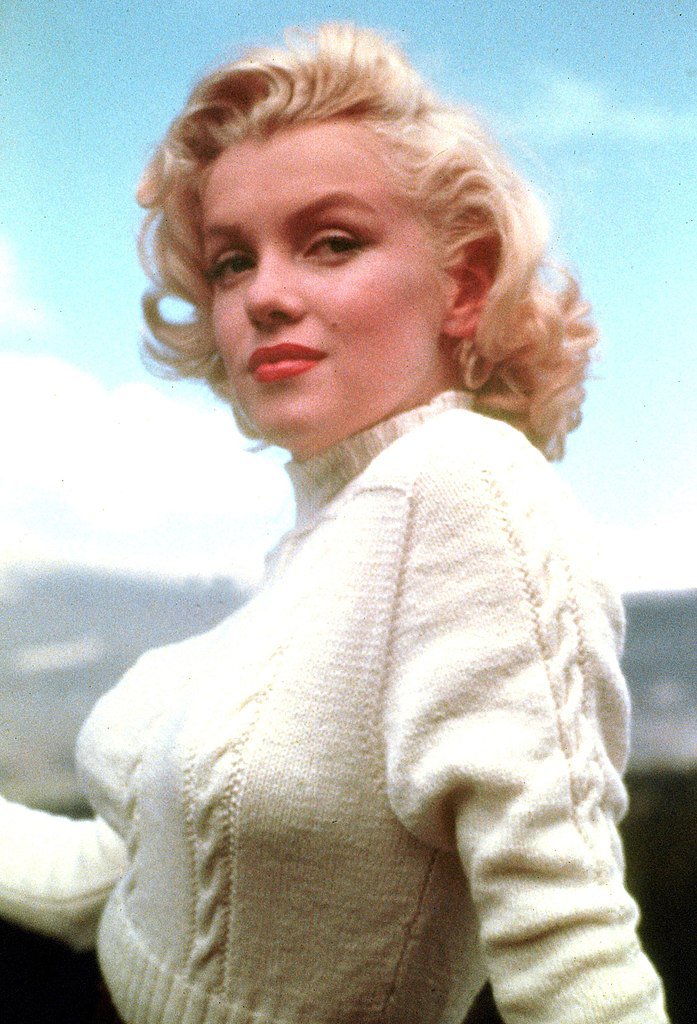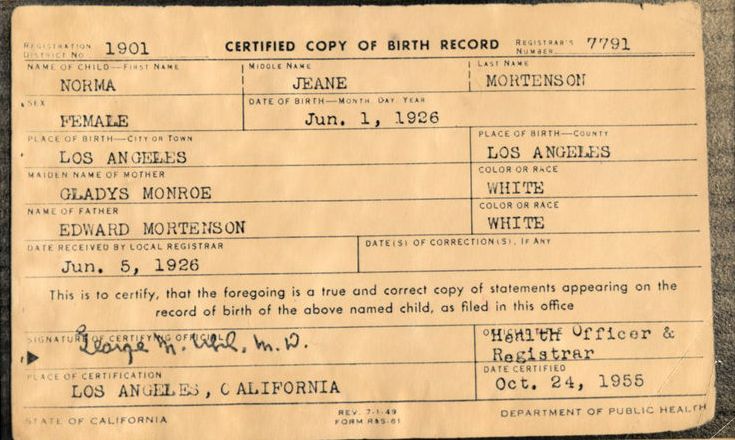When Playboy founder Hugh Hefner died in 2017 his interment took place in Los Angeles, at Westwood Memorial Park. Hefner was laid to rest in a crypt he had purchased in 1992, next to that of Hollywood legend Marilyn Monroe. Monroe had appeared on the cover, and as the first nude centerfold, for the magazine’s first issue in December, 1953. Contrary to popular belief, Monroe did not pose for the then unknown Playboy. Hefner purchased existing photographs of the star for inclusion in his new magazine. The man who became famous as “Hef” simply exploited her image to help launch his publishing and entertainment empire. His use of Monroe’s image was part of a pattern which continues six decades after her death.

Marilyn Monroe has captivated the world since she first appeared on film in the 1950s, for her looks, her fragility, her relationships with powerful men, the tragic circumstances of her life, and for the mysterious circumstances of her untimely death. She became the epitome of the Hollywood “blonde bombshell”, though she was not the first, nor hardly the last. Her image, as fashioned by Andy Warhol, became a cultural icon in the 1970s. Her legend is a blend of fact, fiction, unsubstantiated rumors, innuendo, exploitation, surmise, and simple gossip. Yet in all, the real Marilyn Monroe is overwhelmed.
In 2000, a novel by Joyce Carol Oates was released, creating a new, fictionalized, Marilyn Monroe. Oates created fictional identities for many of the characters in her novel, leaving it to the reader to discern their real-life counterpart (such as “C” for Tony Curtis; or the ex-athlete for Joe DiMaggio). Her heavily fictionalized and salacious tale was the basis for a made for TV movie in 2001, and for the 2022 film Blonde. The novel and films exploit, and expand upon, legends, myths, and factually unsupported stories from the life of Marilyn Monroe, unfortunately believed by many to be biographical rather than sensational fabrication. Here is the story of Marilyn Monroe and some of the unsupported tales told about her over the decades since her death.

She grew up without a father, and lost her mother to mental health disorders
Norma Jeane Mortenson was born on June 1, 1926, to Gladys Pearl Baker, a Mexican migrant worker. Young Norma Jeane was the result of a workplace affair between her mother and coworker Charles Gifford. The father did not acknowledge his responsibility nor paternity, and Gladys was at the time married, to her second husband, a man named Martin Mortenson. Fatherhood was not high on Mortenson’s list of priorities either; he vanished from Norma Jeane’s life following a divorce from her mother in 1928. Norma and her mother lived with friends off and on during her childhood, and Gladys moved from job to job. Eventually she was able to purchase a small home for herself and her daughter, in Hollywood in 1933.
The following year, when Norma was 17, her mother suffered what was then euphemistically called a “nervous breakdown”. It was the beginning bout with paranoid schizophrenia which would keep Gladys institutionalized for the rest of her life. The state of California took over responsibility for Norma; the teenager became a ward of the state, residing in different foster homes over the ensuing four years, as well as in an orphanage between homes.

